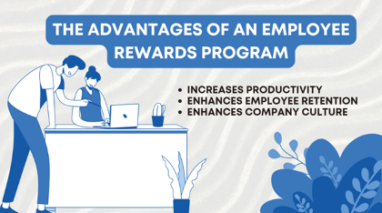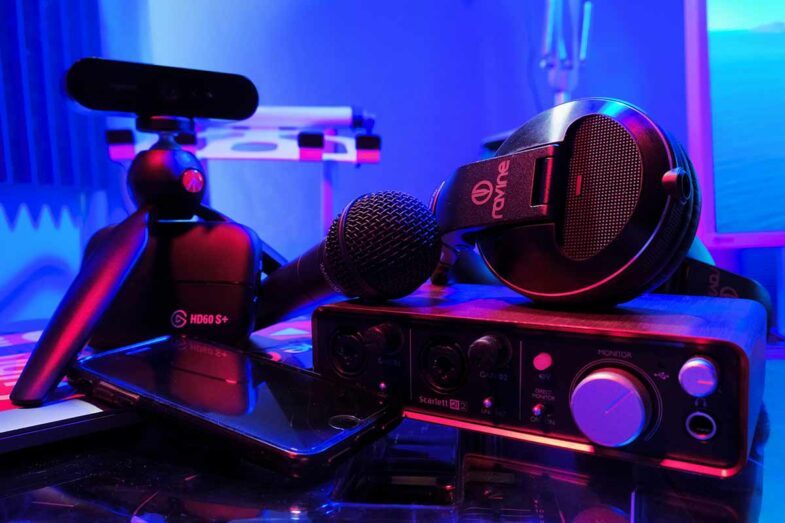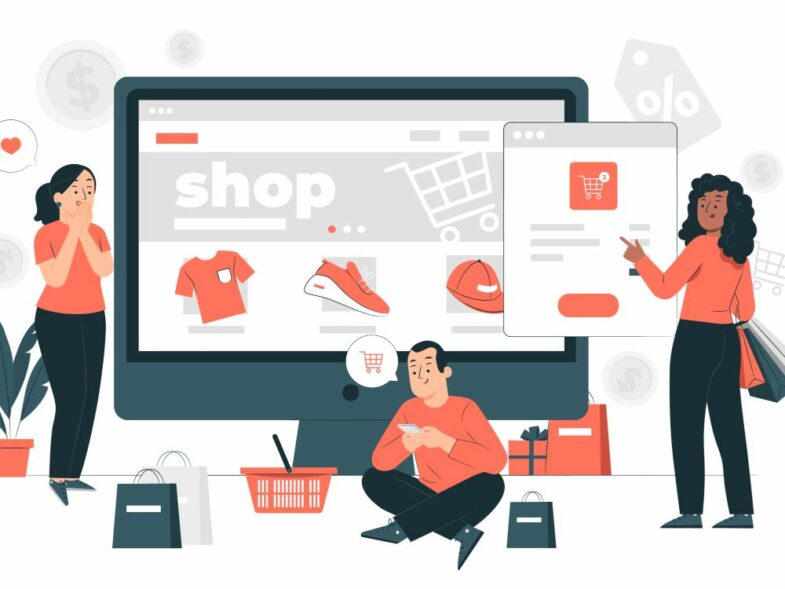Happy employees are not all about the paycheck. Employees want to be valued, appreciated and encouraged to perform their best. That’s where a good employee rewards system enters the picture. Businesses that value their workers’ efforts experience improved performance, reduced turnover, and improved workplace culture.
But what motivates employees? What gets them energized and inspired? The secret is in appreciating simple human psychology. If companies apply the correct rewards, they are appealing to what fundamentally drives people. Whether it is recognition from their manager, a bonus payment, or an opportunity to develop with the company, employee rewards have the power to make a significant difference.
In this article, we will explore the science behind employee motivation and how companies can use the best employee recognition tools to keep their workforce happy and productive.
Why Do Employee Rewards Work?
Human beings are inclined by nature to gain approval and attention. Research has established that whenever employees are treated with appreciation, their brain triggers the release of dopamine, which is a feeling-enhancing chemical. This sense of reward encourages them to repeat the behavior leads them to be rewarded in the initial instance.
A designed employee rewards system generates a motivation cycle. When employees are aware of being rewarded for their efforts, they tend to stay motivated and work a little bit harder. What’s the outcome? A more efficient and happier workforce.
The other critical consideration is fairness. Employees need to believe that rewards are based on merit—not favoritism. If a business applies employee rewards software, it will ensure fairness in recognition and consistency across all departments. This maintains trust and motivation among workers.
The Psychology of Employee Motivation
Psychologists have been researching motivation for decades, and one of the most famous theories is Maslow’s Hierarchy of Needs. It describes how individuals need to fulfill their basic needs (food, shelter, safety) before they can attend to higher needs such as self-esteem and personal growth.
Employee rewards serve to satisfy these higher needs. An effective employee recognition system gives a feeling of belonging and achievement, which stimulates motivation. Recognized and valued employees are more likely to be loyal, committed, and willing to contribute.
There are two broad types of motivation:
- Intrinsic Motivation: Here, the employees are motivated by intrinsic satisfaction. They enjoy their job and want to perform well for the sake of doing it well. A good employee recognition platform rides this wave by giving sincere appreciation, such as a shout-out by a manager or an opportunity to lead an initiative.
- Extrinsic Motivation: This is derived from outside rewards, including bonuses, promotions, or prizes. A good employee rewards program software assists businesses in monitoring and providing these rewards in a manner that maintains employees’ motivation.
The secret to success lies in the balance of both forms of motivation. Employees must be internally satisfied with their work while also being externally rewarded for their efforts.
Employee Recognition Software Role
Technology has revolutionized the way that businesses reward and recognize employees. Handwritten thank-you notes or an occasional bonus are no longer required. Now, companies utilize employee recognition software to design organized and equitable rewards programs.
With the right software, organizations can monitor successes, send immediate recognition, and provide rewards that count to employees. An effective employee recognition platform allows managers to recognize effort in real-time with ease.
For instance, there are platforms where peers can recognize peers, rendering rewards more effective. When workers know their coworkers value their contributions, it improves teamwork and enhances morale.
The Advantages of an Employee Rewards Program
An effectively designed employee rewards program software is advantageous in several ways.
- Increases productivity: Workers who are assured of being rewarded for their labor work harder and remain more motivated. They take more pride in their work, which results in better-quality outputs.
- Enhances employee retention: When employees are appreciated, they are less likely to quit the company. This saves on hiring expenses and builds a more stable workforce.
- Enhances company culture: A recognition culture builds a positive work culture where employees feel valued and encouraged. With the right employee rewards tools, companies can build a workplace where individuals want to remain and develop.

The Significance of Personalization
Not everyone is driven by the same things. Some may enjoy public praise, while others enjoy a personal thank-you note. Some may be driven by monetary rewards, while others are motivated by career development opportunities.
An excellent employee rewards platform enables businesses to provide customized rewards. Employees must be able to influence the kind of recognition they get. When rewards are personal, they carry more weight.
For instance, certain businesses allow employees to select between gift cards, additional vacation time, or training courses. This makes the rewards more special and personal.
Common Mistakes in Employee Rewards Programs
Though rewards programs are effective, they can be ineffective if not properly executed.
- Inconsistency: If certain employees are rewarded while others feel left out, resentment will be created. That is why it is essential to utilize employee rewards and recognition software, it makes recognition fair and transparent.
- Being too money-oriented: While pay is wonderful, workers also crave emotional acknowledgment. Sometimes, a “thank you” or a public acknowledgment is more important than a cash award. A solid employee recognition system achieves both.
- Neglecting employee preferences: The most successful reward schemes pay attention to workers and evolve as per their responses. It is simple to monitor participation and review rewards with the help of employee rewards software.
How to Build an Effective Employee Rewards System
Designing an effective rewards program begins with knowing what drives your workforce. Follow these steps to get you started:
- Define clear goals: Identify the behaviors and accomplishments you need to reward. An organized employee recognition system assists you in defining such goals.
- Technology usage: Spend on employee rewards software to manage and monitor recognition effectively.
- Make it equitable and consistent: Make sure all employees have an equal chance to be rewarded.
- Provide a combination of rewards: Use both monetary rewards and emotional praise to keep workers motivated.
Listen to workers: Collect feedback to enhance the program and make rewards more impactful.
Conclusion
Employee rewards are not nice; they are a key component of a successful work environment. When workers feel appreciated, they work harder, stay longer, and give more. A thoughtfully designed employee rewards system combines the science of motivation to make employees feel valued and motivated.
With the appropriate employee recognition software, companies can develop an equitable and efficient rewards program that motivates workers. By mixing monetary and psychological rewards, companies can establish a solid culture of appreciation. The outcome? A more contented, more efficient workforce that contributes to business success.
FAQs
- How frequently should workers be rewarded?
Employees must be rewarded regularly, either through daily praise, monthly rewards, or annual bonuses. Consistency is the answer. - Can a rewards program be effective for remote workers?
Yes, an employee recognition platform allows remote employees to be recognized and rewarded like employees in the office. - What is the ideal kind of reward for employees?
The best rewards are personalized. Some employees prefer cash bonuses, while others appreciate career growth opportunities or extra time off.









